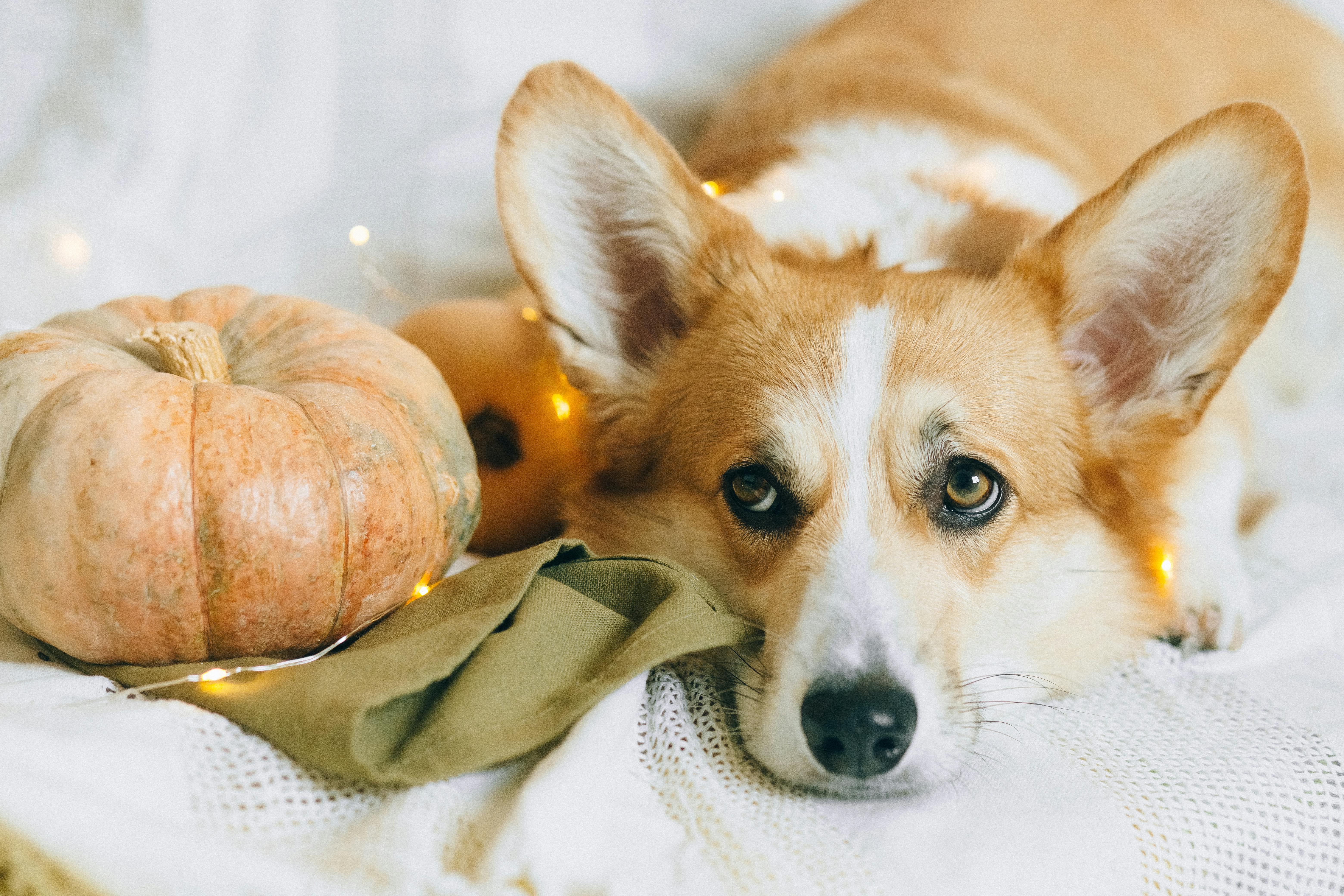The Boxer dog is a breed developed in Germany and is part of the Molosser group. It was derived from two or more mastiff-type dogs, the now-extinct Bullenbeisser and the English bulldog. These ancestors of the Boxer had been used to hunt wild boar, bear, and deer for centuries, as well as bull baiting when it became a sport. The boxer was established and exhibited as a breed in its own right in Munich in 1895 and the first boxer club was founded a year later.
The breed was introduced to Europe at the end of the 19th century and to the Americas at the beginning of the century. The American kennel club recognized the first champion boxer in 1915, but the breed was not registered with the British kennel club until 1933. This breed is a stocky, medium-sized, short-haired dog with a smooth fawn or brindle coat. , sometimes with white markings. . It has a square muzzle and a very strong jaw. He also displays a high level of intelligence and is quick to learn.
Many believe that the name ‘Boxer’ derives from the breed’s tendency to fight standing on its hind legs and box with its front legs, but this is unlikely as the breed was German so it is not likely. to be given that name. Name in english. There are many other theories about the origins of the name that linguistic scientists have debated. Perhaps one of the most likely explanations is that the Bullenbeisser breed was also known as ‘Boxl’ and Boxer is simply a corruption of that word.
During World War I, the Boxer was used by the military and did valuable work as a messenger dog, guard dog, load carrier, and attack dog. But it wasn’t until after World War II that the Boxer became popular all over the world. They were brought home by returning soldiers and soon became their favorite companion, watchdog, and show dog. By 2002, the Boxer was the seventh most popular breed in the US with around 35,000 new registrations a year.
While Boxers are typically fawn in color with a white belly and feet, around a quarter of Boxers are born completely white. This variety has a higher risk of sunburn and skin cancer than colored Boxers. The gene responsible for producing white Boxers is also linked to deafness and around 20% of this variety are deaf in both ears. In the past, breeders used to euthanize white boxers at birth and today many are placed in pet homes. White boxers are also disqualified from conformation show and prohibited from breeding by all national boxer clubs.
Boxers are energetic, playful, and good with families and children. They need to be trained early as they have strong personalities that can be more difficult to train when they are older. They have a slight reputation for being difficult to handle, which is the result of poor obedience training at a young age. Their intelligence and working breed characteristics mean they respond well to positive reinforcement techniques such as clicker training. Boxers have a long adolescence and are not fully mature until two or three years old, so they need early training to prevent their high energy from wearing out the owner. While the breed is not aggressive or vicious, it can be overprotective, territorial, and dominant, which can lead to destructive behavior problems, especially in male dogs. They need socialization, companionship, and exercise to counteract these traits.
Boxers are prone to developing various diseases, including cancers, heart conditions, and intestinal problems. Responsible breeders test their breeding stock in an attempt to minimize the occurrence of these diseases in future generations. Proper exercise and conditioning are important for maintaining health, but young dogs should not be over-exercised as this can damage their bones. Once Boxers are fully grown, they make excellent running partners, although they do not do well in high heat or humidity, so care must be taken in these conditions.

